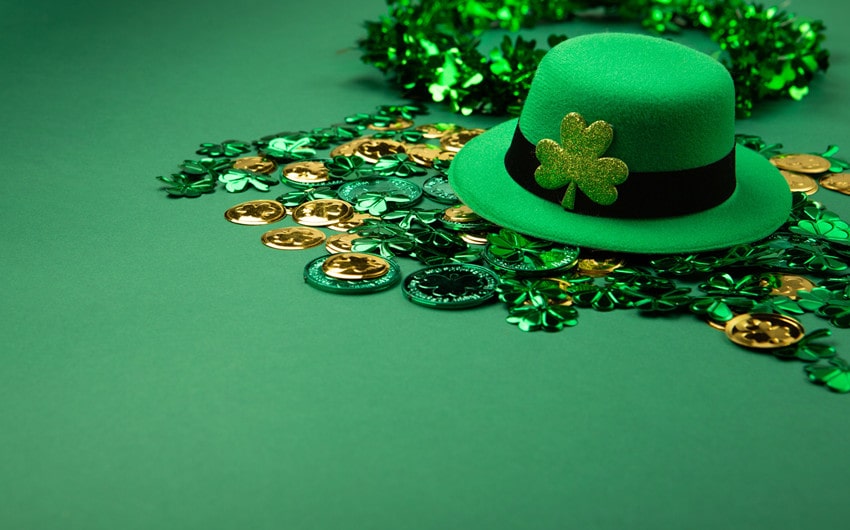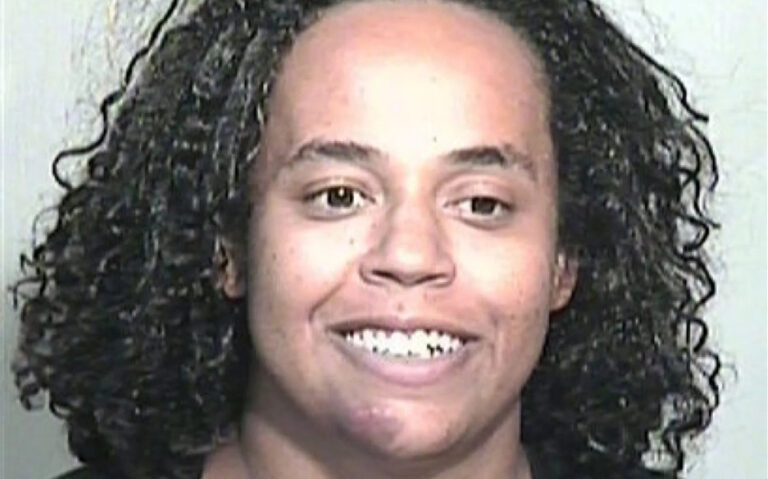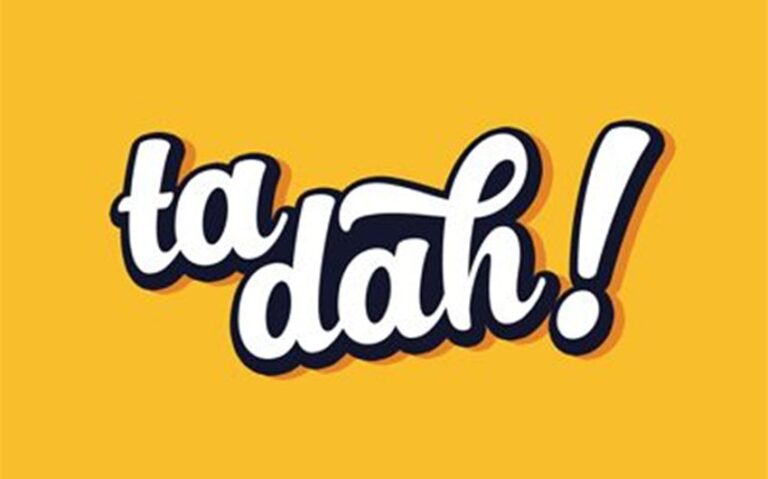The Role of Luck in Irish Culture: From Folklore to the Digital Age
Luck has long been an anchor of Irish identity, deeply rooted in mythology, folklore, language, and now reimagined through digital innovation and visual storytelling. This article journeys through the evolution of how luck shapes Irish cultural expression, beginning with ancient traditions and ending with its presence in digital games and global branding. Through iconic symbols like leprechauns and clovers to idioms and modern graphics, luck remains a living, breathing motif of Irish resilience and creativity.
Luck in Irish Folklore & Mythology
From the ancient tales of the Tuatha Dé Danann to the otherworldly myths surrounding the Sidhe, Irish folklore is steeped in the idea that luck is both earned and gifted. The mythological landscape of Ireland is filled with stories where heroes stumble upon magical items, enchanted lands, or divine assistance — all symbolizing the unpredictability of fate. This reliance on luck, often delivered through mythical agents, forms the backbone of traditional Irish storytelling, demonstrating that fortune was never far from the spiritual or mystical.
Symbols of Luck in Irish Tradition
The four-leaf clover, though rare in the wild, remains a universally recognized icon of Irish luck. Its presence in Irish culture predates even Christian times, symbolizing the four forces of faith, hope, love, and luck. Leprechauns — mischievous, shoemaking fairies — are said to guard pots of gold at the end of rainbows, creating an imagery-rich narrative that survives in modern imagination. These elements are not only cultural relics but also serve as storytelling tools passed down through generations.
Ancient Superstitions and Blessings
Ireland’s ancient society was rich in superstitions designed to ward off bad luck and invite fortune. From carrying iron to protect against fairy abductions to leaving offerings at sacred wells, early Irish communities engaged in everyday rituals that tethered them to a supernatural realm. Blessings such as “May the road rise to meet you” reflect a hopeful attitude toward fate, and even today, these traditions linger in prayers, toasts, and greetings.
The Role of Oral Storytelling
The seanchaí, or traditional Irish storyteller, played a pivotal role in preserving tales of luck, fate, and fortune. These oral custodians passed down stories that blended moral lessons with whimsy, embedding the concept of luck deeply into the psyche of Irish people. Their narratives not only entertained but also acted as tools for teaching how to navigate life’s unpredictable turns — through cleverness, patience, and often a dash of good fortune.
Luck in Language and Daily Life
Phrases like “the luck of the Irish” reflect a layered understanding of chance. Originally used ironically to describe Irish resilience amid hardship, it has since evolved into a badge of pride. Daily speech still brims with references to luck — from light-hearted sayings like “chance your arm” to deeper idioms hinting at fate. Humor, too, plays a role, with self-deprecation often used to address misfortune with a wink and a smile. This linguistic legacy reveals how embedded luck is in the Irish worldview.
Irish Humor and Resilience
Irish humor — often dry, ironic, and tinged with tragedy — reflects how the Irish people have historically processed misfortune. Through centuries of colonial hardship, famine, and economic difficulty, humor became a means of survival. Jokes about bad luck often carry an undercurrent of strength. The ability to see possibility in misfortune has become an identity trait, deeply bound to the Irish relationship with luck.
Modern Expressions of Luck
Luck finds new life in modern Irish creativity. Graphic designers incorporate clovers, Celtic knots, and leprechauns into logos, merchandise, and street art, redefining ancient symbols in bold, contemporary ways. Tourist souvenirs feature rainbow-colored coins and Gaelic blessings, transforming cultural heritage into visual identity.
Today, the cultural appeal of luck remains alive even in digital entertainment, with platforms like online casino Ireland often drawing on familiar Irish motifs — from clovers and Celtic patterns to myth-inspired bonus rounds — as a way of blending local identity with global trends. Among these, the top Irish online casinos enhance the player experience by weaving culturally resonant symbols into their games, creating a seamless connection between folklore and modern play.
Irish Souvenirs and Visual Identity
From hand-painted clover mugs to rainbow-strewn t-shirts, luck-themed products fuel Ireland’s tourism industry. But these designs go beyond kitsch. Many are the result of thoughtful reinterpretations of traditional symbols, created by Irish artisans who view their craft as a form of storytelling. The blending of handcraft and meaning helps preserve cultural integrity while making folklore accessible to global audiences.
Games and Digital Content Rooted in Folklore
Mobile apps and indie games created in Ireland often draw from native mythologies. Game developers reimagine the luck-based escapades of leprechauns or the trials of Irish heroes into playable adventures. These digital stories extend traditional folklore into new formats, introducing younger audiences to age-old themes of fortune and fate — now with interactive twists and high-resolution design.
Luck in Digital Entertainment
The explosion of entertainment platforms that incorporate Irish themes shows how deeply luck permeates even virtual spaces. Many slot-style games are adorned with rainbow chases, clover wildcards, and pots of gold that trigger bonus rounds. These games do not just offer excitement; they mirror cultural narratives that have existed for centuries. The integration of mythological elements like leprechaun guardians or enchanted forests in these experiences reaffirms luck’s centrality in Irish identity, even in algorithmic environments.
Creativity and Cultural Continuity
From the sacred well to the spinning reel, Ireland’s relationship with luck evolves but never disappears. Artists, writers, game designers, and musicians continue to remix these ideas for the modern age, ensuring that the mythology of luck remains relevant. Cultural continuity is maintained not through preservation alone, but through reimagination — where tradition meets digital innovation, and folklore fuels fresh creativity.
Ireland’s cultural framework has always leaned on the unpredictable — whether in tales told by firelight or icons rendered on a screen. The idea of luck, richly textured and multi-dimensional, remains a central force in shaping identity, resilience, humor, and creative output. It survives not only because of what it meant, but because of what it continues to mean in every evolving Irish expression.




